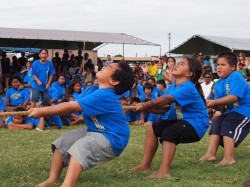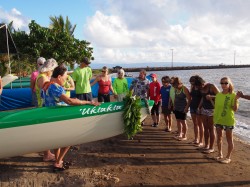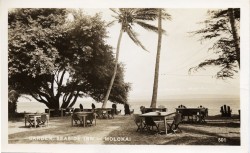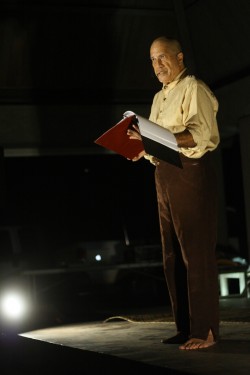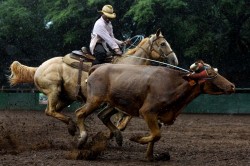Pulling Weeds in Halawa
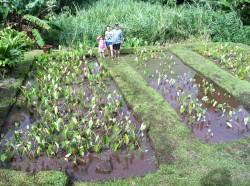
Community Contributed
By Shawn and Melissa Bryson
This is a story told from one gardener to another, when someone offers to pull weeds, you let ‘em. As a ha`ole and a mainlander, I come to Molokai with my wife to be changed by the island, not to change the island. Molokai isn’t just the navel of Hawaii or the former bread basket of the islands; it is also the kumu island, an island of sacred teachings. We are thankful those teachings are sacred and not secret. We want to thank so many different folks for the aloha they have shared with us. …







